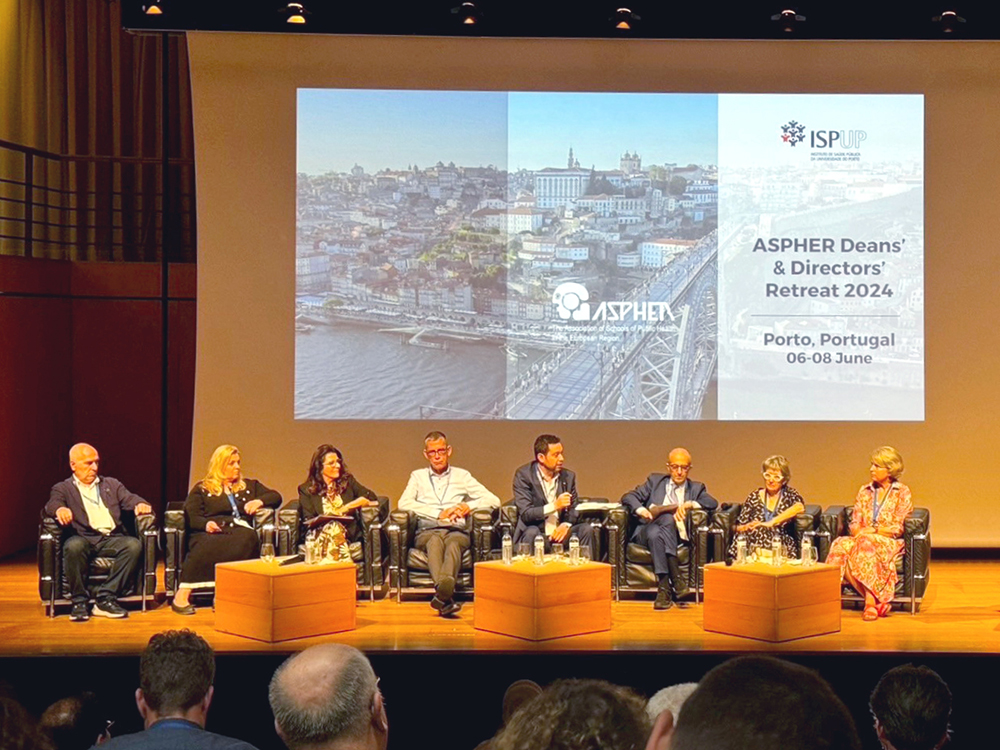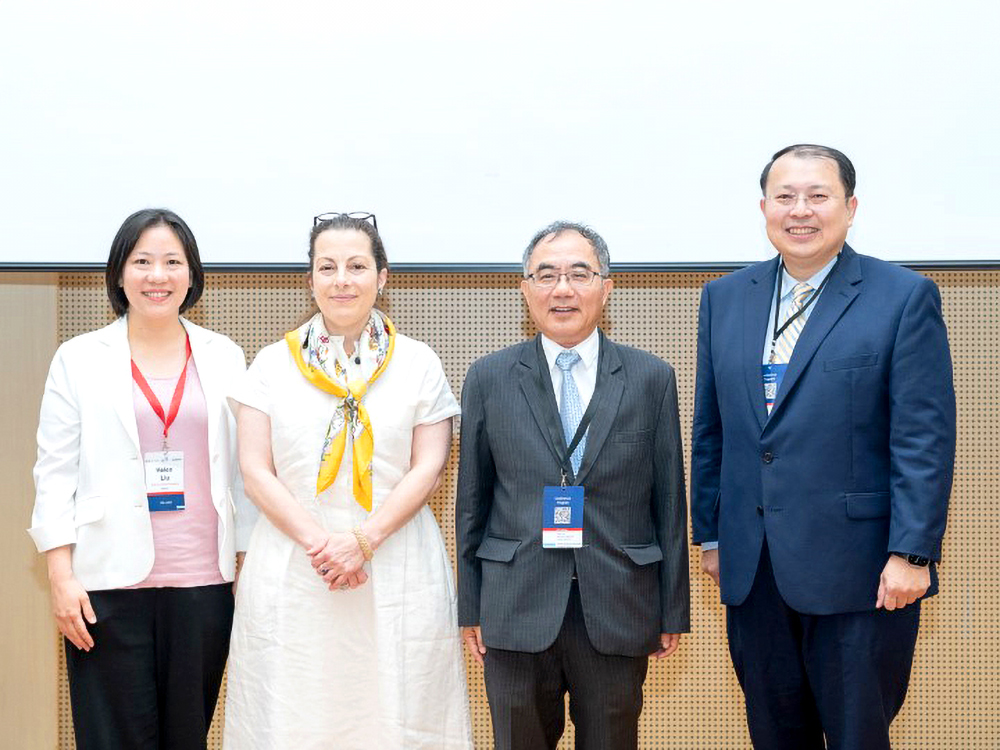
NTU Opening Ceremony: “Where Creativity and Dreams Take Flight”
瀏覽器版本過舊,或未開啟 javascript
請更新瀏覽器或啟用 javascript
Spotlights
Image 1: A living planktonic foraminifera, Globigerinoides sacculifer. (Photo credit: Katsunori Kimoto)
Image 2: Scanning electron microscopy image of a planktonic foraminifera species, Globigerinella adamsi. (Photo credit: Briony Mamo)
Image 3: Biodiversity patterns vary with latitude in three different time periods. Note the equatorial “dip” in the pre-industrial time (green) and the 2090s (red), but not in the last ice age (blue).
Image 4: An example of pelagic ocean ecosystem 1. (Photo credit: Max Gotts on Unsplash)
Image 5: An example of pelagic ocean ecosystem 2. (Photo credit: Jet Kim on Unsplash)
How do we foresee the future of tropical marine biodiversity from its past patterns? Associate Prof. Chih-Lin Wei (魏志潾) of NTU’s Institute of Oceanography, Associate Prof. Katsunori Kimoto (安原盛明) of the University of Hong Kong, and their international research team found that the decline of tropical marine biodiversity is not purely human-induced but may worsen considerably due to global warming if we fail to control carbon emission effectively.
Marine biodiversity is generally higher in the tropics and lower at the poles. This pattern is called the “latitudinal diversity gradient.” However, recent research has found that global marine biodiversity varies with latitude, and its patterns often show an equatorial “dip.” Namely, the biodiversity tends to decline locally at the equator. This research team used fossil records to explore this mechanism and the temporal patterns of such decline, and published their findings in Proceedings of the National Academy of Sciences of the United States of America (PNAS) on May 25, 2020.
Through fossil records, the international team reconstructed global oceanic biodiversity patterns of the last ice age (~20,000 years ago) and the pre-industrial period (before the 1800s), and used these results to build ecological models for projecting global marine biodiversity in the near future (2090s). Using fossil protozoan foraminifera (Images 1, 2) to examine past pelagic ecosystems, the authors discovered that the equatorial “dip” in diversity occurred during the pre-industrial period, was projected for the end of this century, but was not found during the last ice age (Image 3).
The modern decline of tropical diversity likely started during post-ice-age warming around 15,000 years ago. However, the magnitude of decline was projected to be amplified by anthropogenic warming. By the end of the 21st century, tropical marine biodiversity may decrease to levels not seen for millions of years if the “business-as-usual” carbon emission continues.
“By using fossil records, we discovered that the diversity ‘dip’ in equatorial regions of the ocean is caused by species distribution shifts driven by post-ice-age ocean warming,” explained Associate Prof. Chih-Lin Wei.
The pelagic ocean covers more than 70% of Earth’s surface and is the largest ecosystem on Earth (Images 4, 5). It generates about half of the daily amount of oxygen we need and is home to planktons that are the main source of food for top predators and economically important species which are under threat from climate change. The clear association between oceanic warming and reduced tropical biodiversity indicates that oceanic biodiversity at the equator may decline to a level unprecedented in human history by the end of this century.
This study was conducted under the support of NTU and the Ministry of Science and Technology. To read the full journal article on PNAS, visit https://www.pnas.org/content/early/2020/05/20/1916923117. For more information about Associate Prof. Chih-Lin Wei: http://www.oc.ntu.edu.tw/oceng/?teacher=%e9%ad%8f%e5%bf%97%e6%bd%be.
(Revised from a press release of the University of Hong Kong provided by Associate Prof. Chih-Lin Wei of NTU’s Institute of Oceanography.)

NTU Opening Ceremony: “Where Creativity and Dreams Take Flight”

Prof. Wei-Shiung Yang wins MOE National Excellent Teacher Award

NTU College of Public Health's Global Health Program Joins the Association of Schools of Public Health in the European Region

NTU hosts a successful dg.o 2024

Congratulations to NTU faculty members elected as 34th AS academicians
Current Spotlights